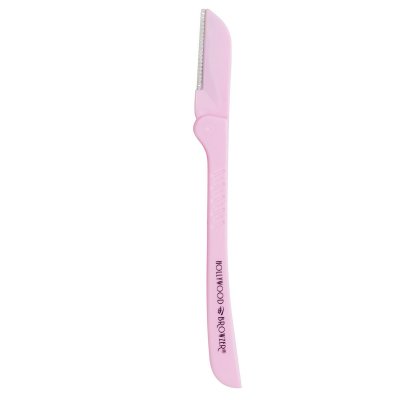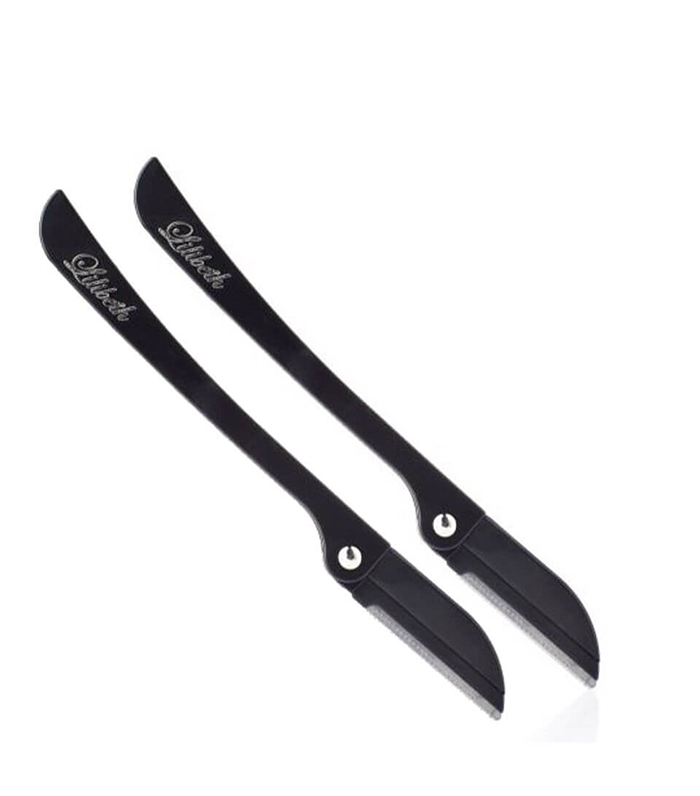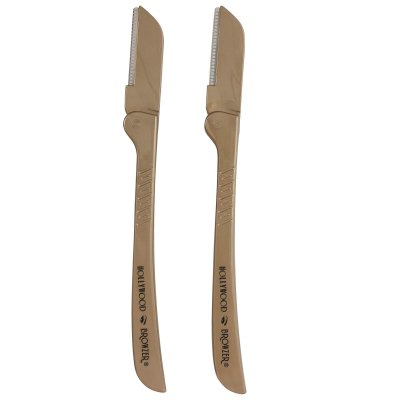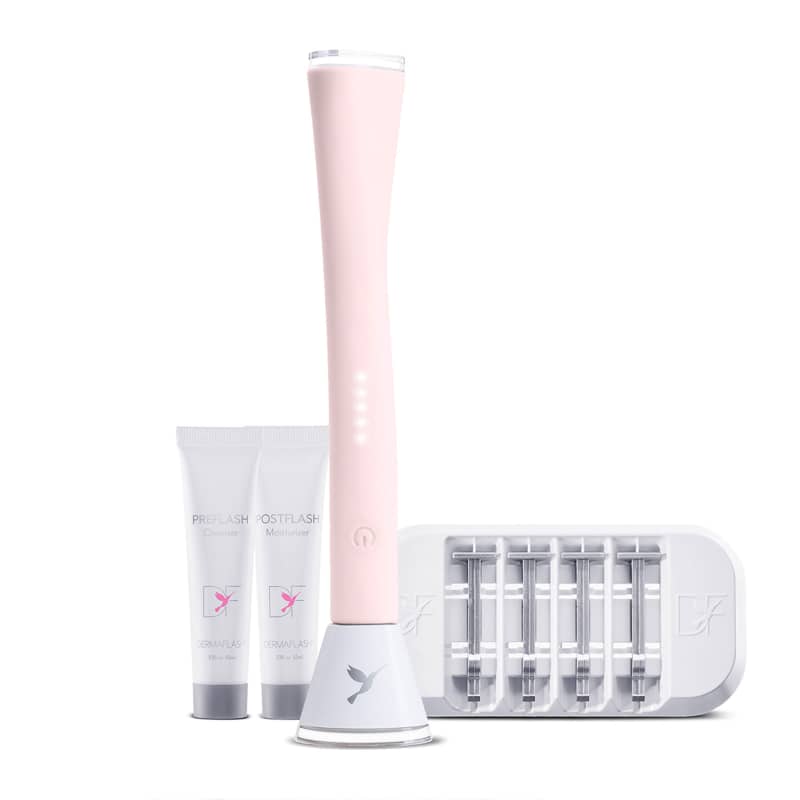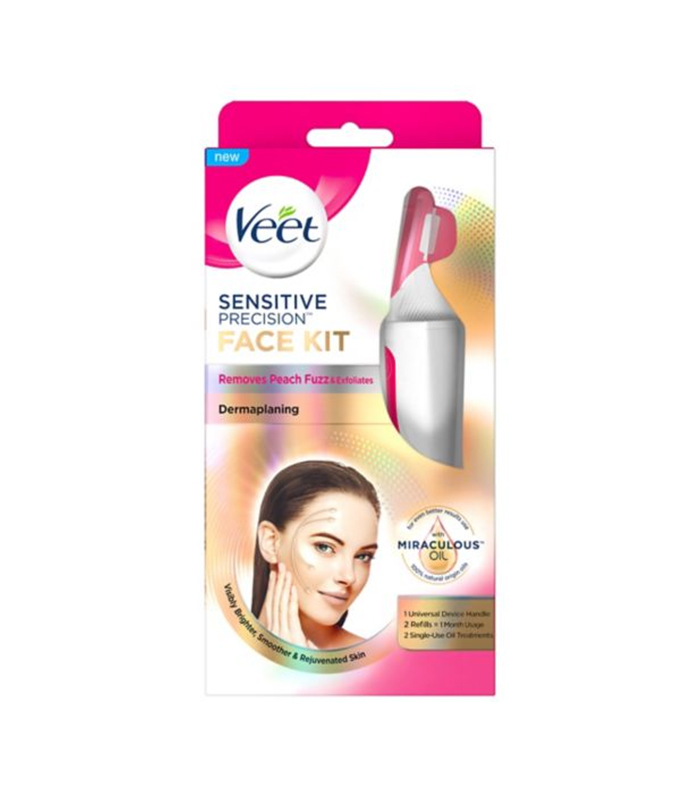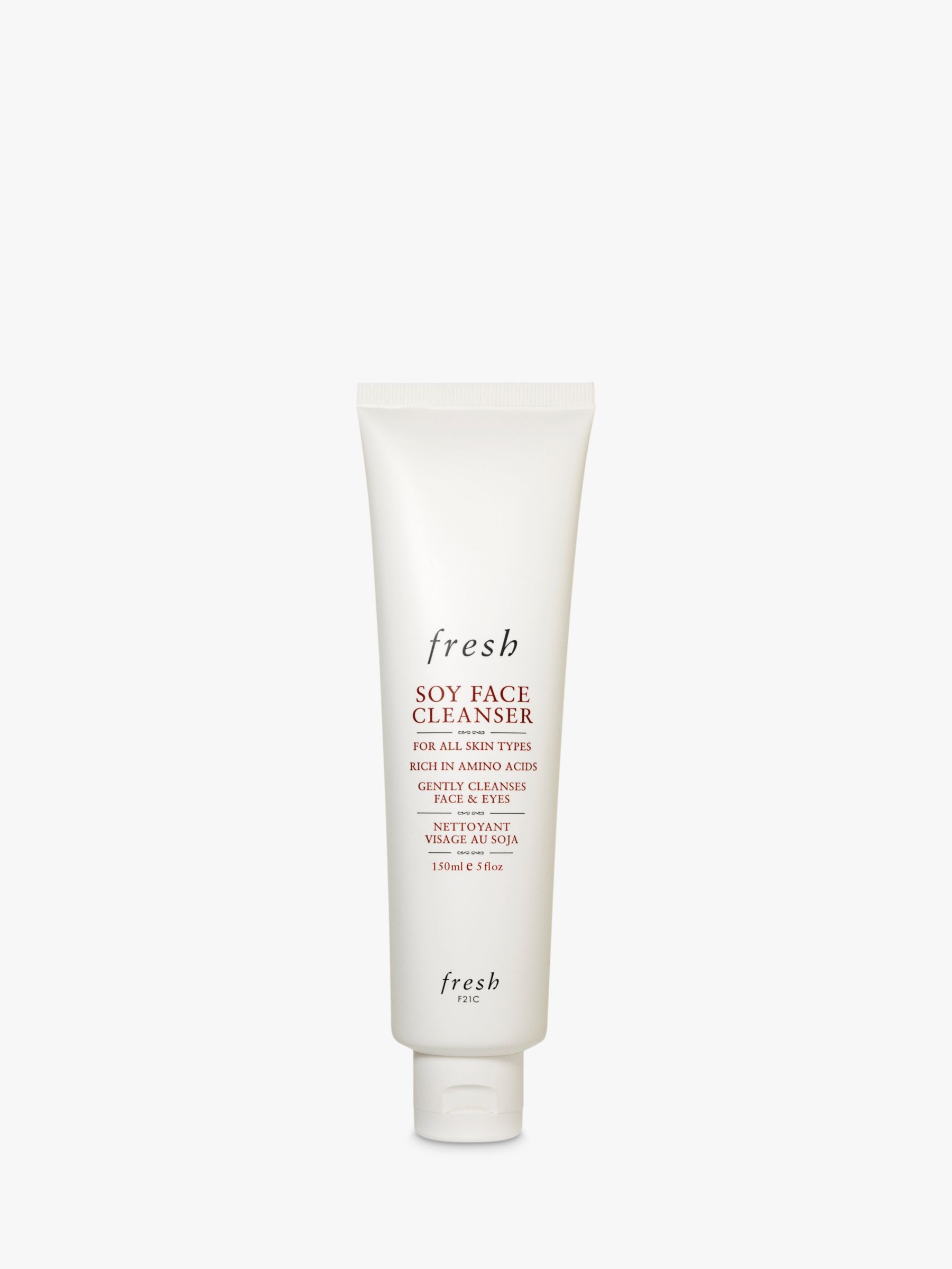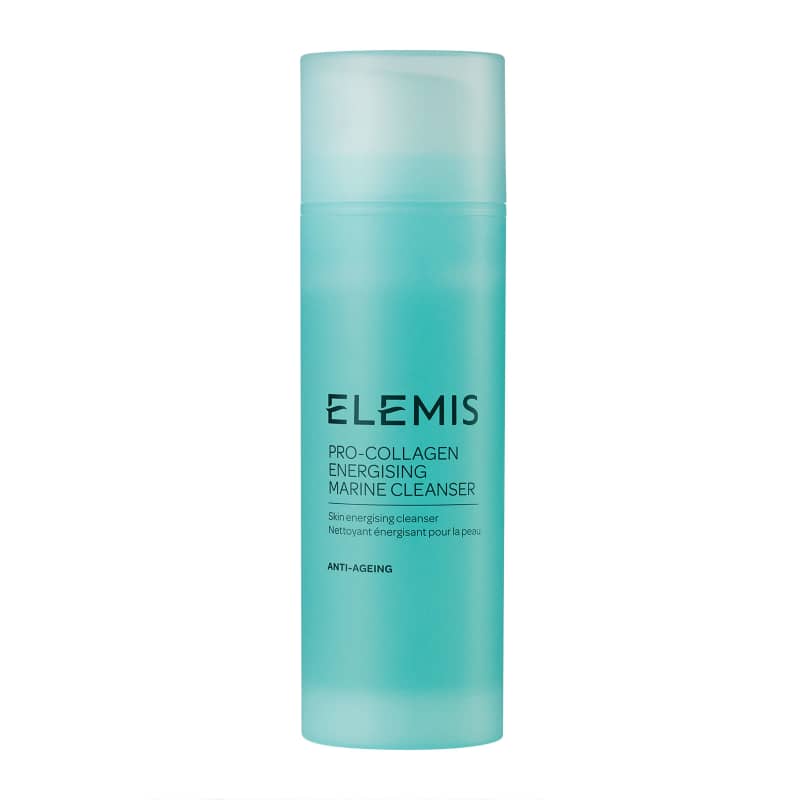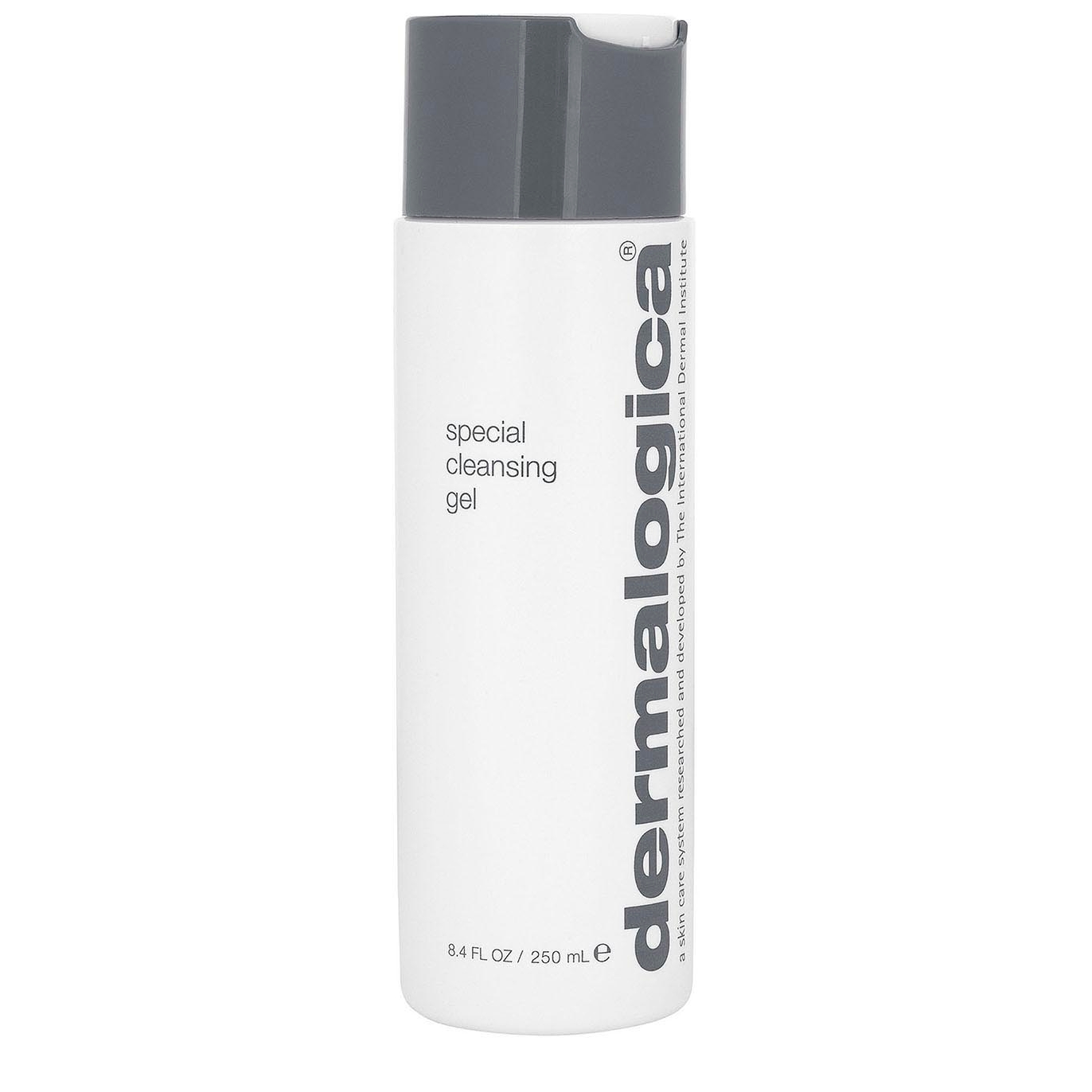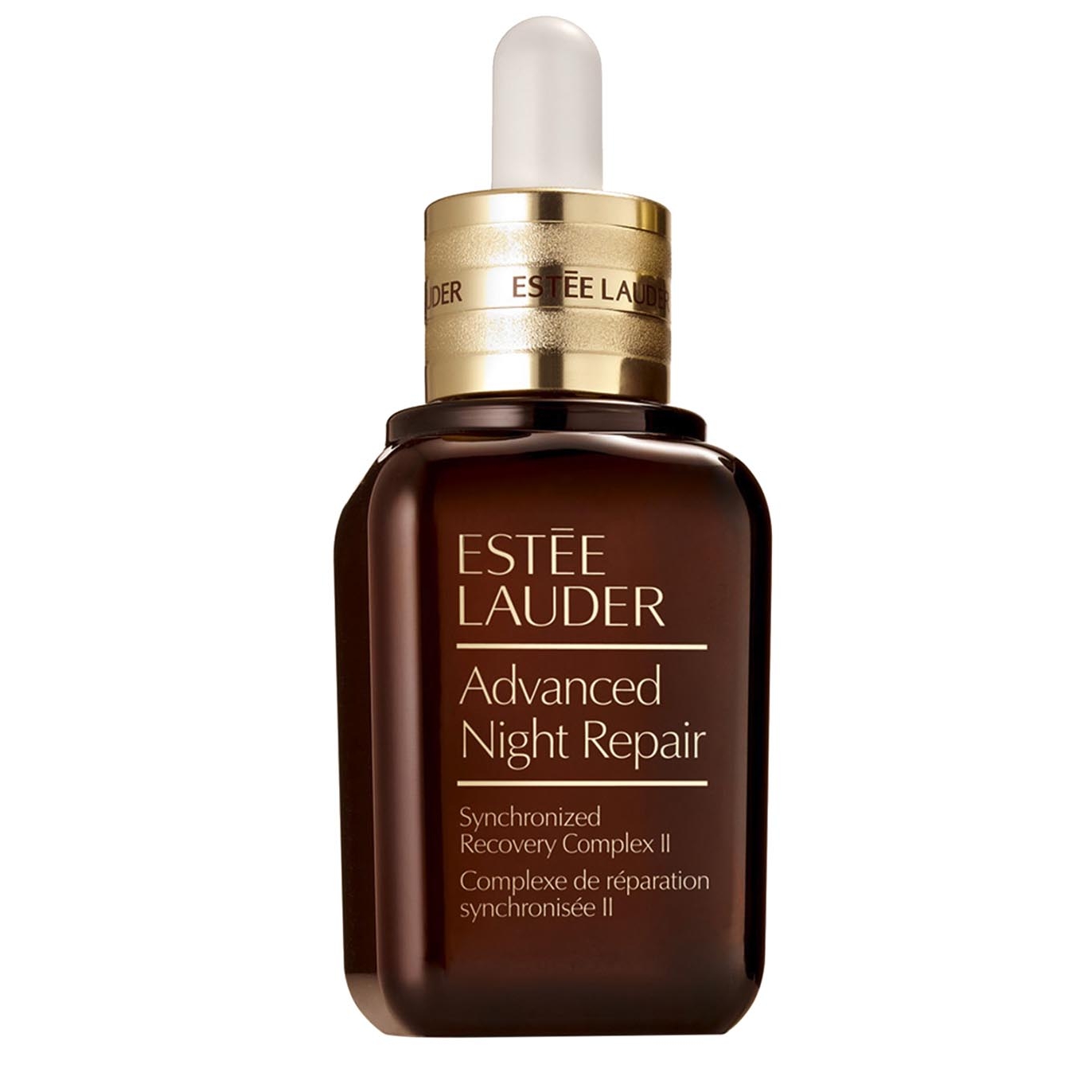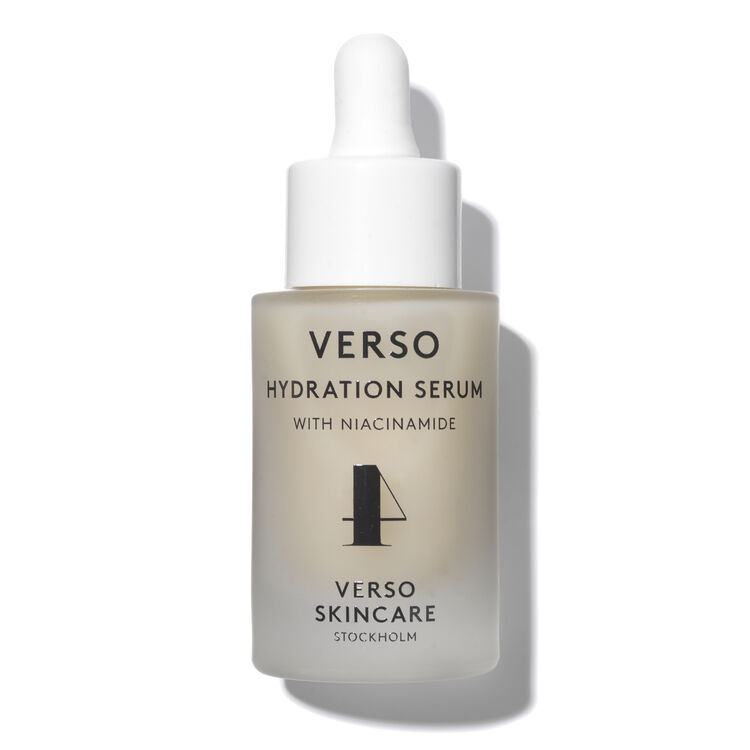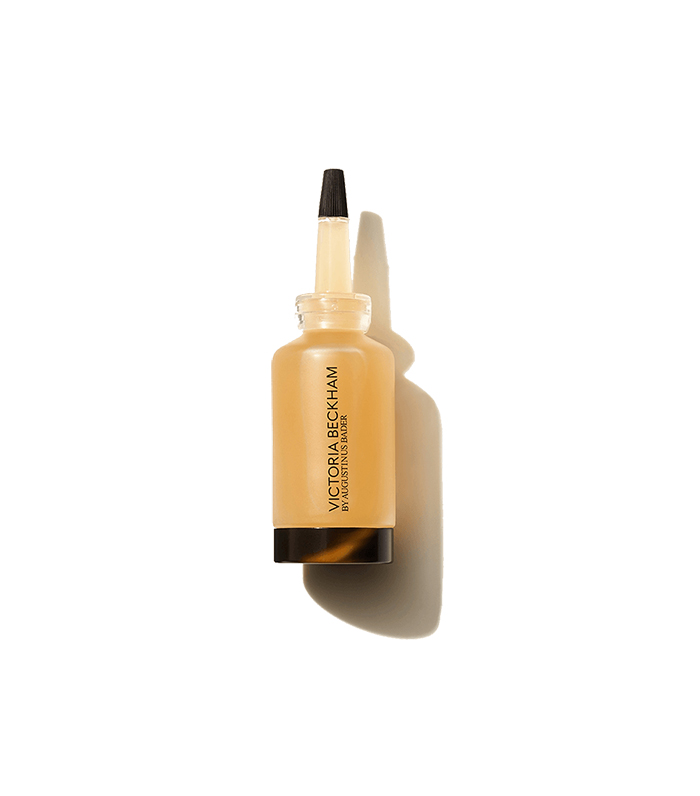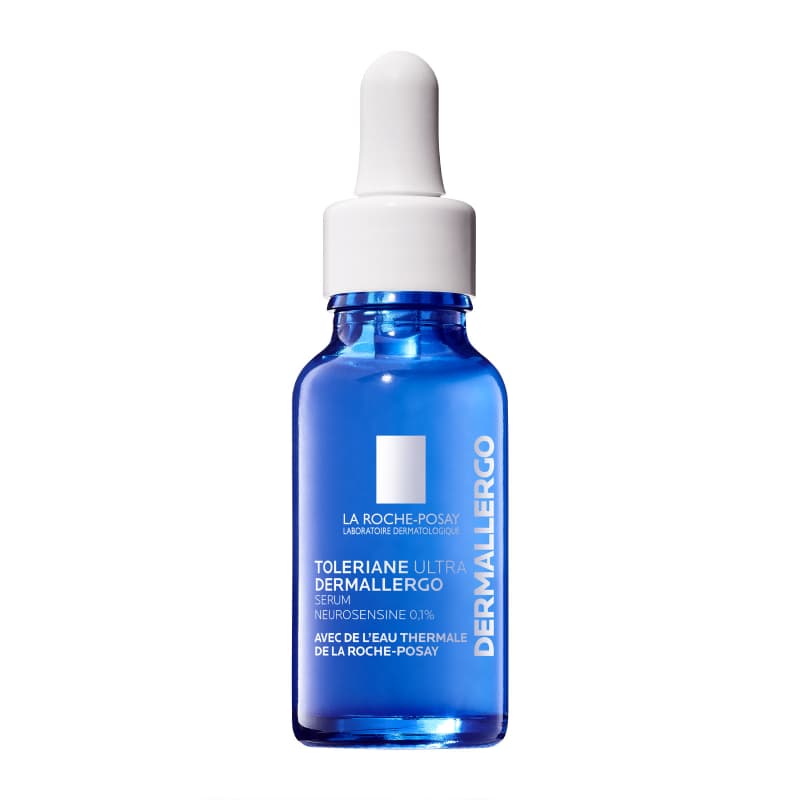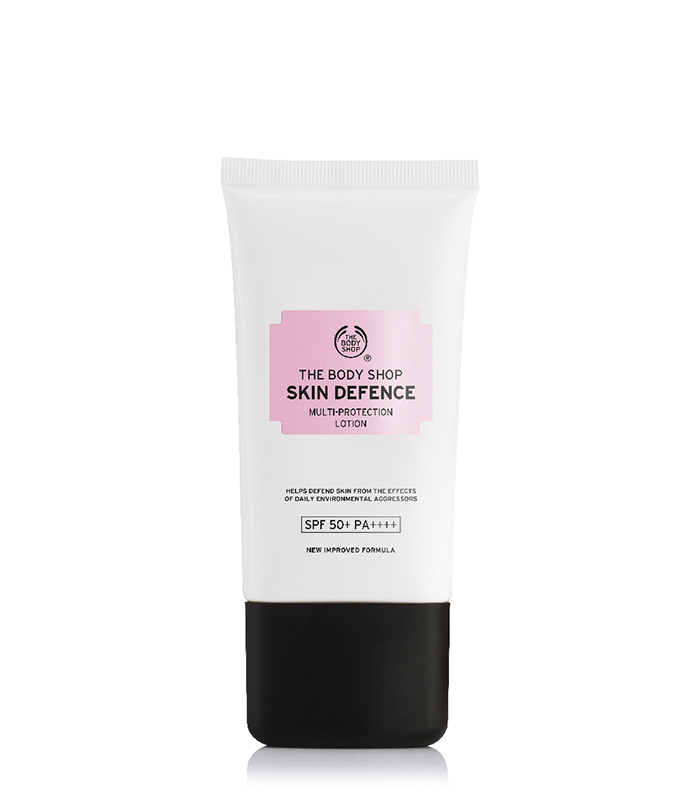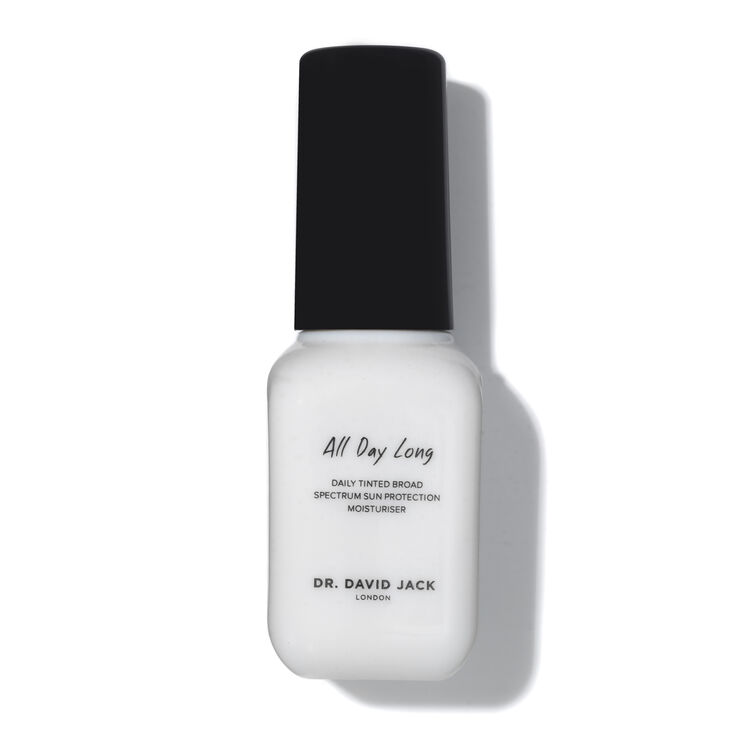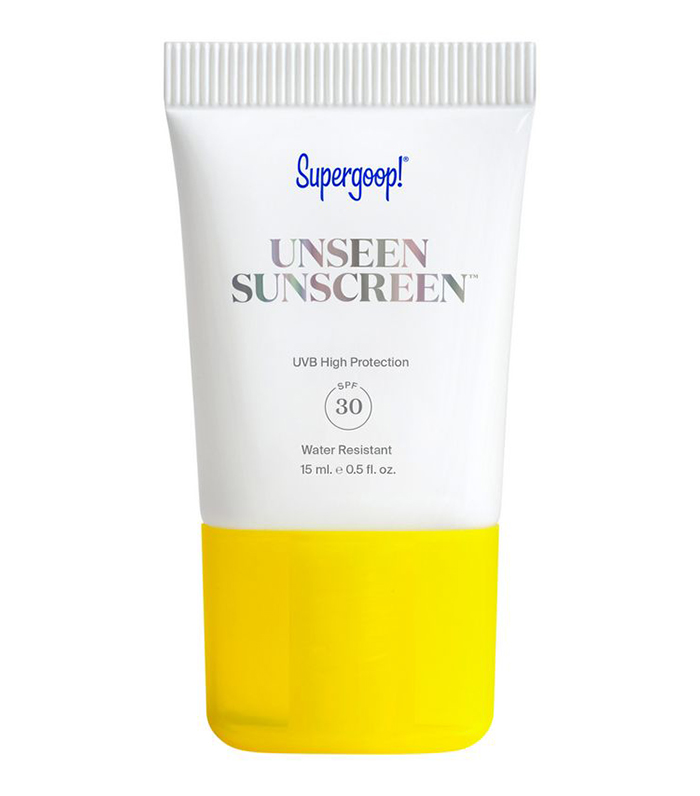I've Been Shaving My Face in the Name of Beauty, and I Have Some Thoughts

Unlike men, who simply have to slather on some shaving foam and glide a razor over their faces, facial hair removal has never been quite so simple for us ladies. Because of this, monthly trips to the salon to pay experts to tame our facial fuzz have become fixed fixtures in diaries of women across the land, and I’m left asking myself: Why is this so? Despite 88% of us admitting that we’re self-conscious about unwanted facial hair, traditional facial hair removal techniques such as waxing, threading and laser are time-consuming, painful and expensive.
And such methods are rarely great for the skin either. In fact, I can pretty much guarantee a breakout with every moustache wax appointment I attend. Suffice it to say that having to go to a salon for any sort of hair removal really annoys me, especially when men appear to have it so easy. With all of this in mind, I feel that now is probably the time to say that, since salons have been closed, I have missed my wax appointments more than I thought possible. With no feasible means to get rid of my moustache at home (I had a very unfortunate hair removal cream situation last year that I don’t want to relive), I have been itching to book in for a full-face wax.
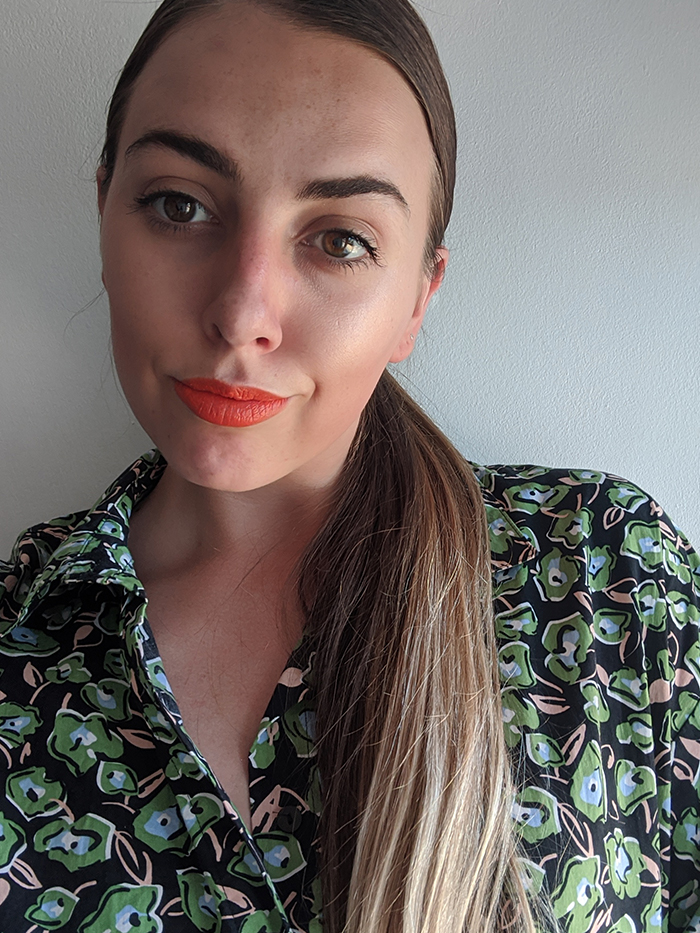
But then, one afternoon a couple of months ago, as I cleared out my beauty stash, I stumbled across a pack of three single-blade women’s facial razors in my bathroom cabinet. They had been sent to me by a brand many moons ago when I was writing a feature about the new-at-the-time beauty fad of dermaplaning. A form of professional, mechanical exfoliation popular in salons and clinics, dermaplaning is the beauty industry’s fancy name for face shaving. Usually carried out with a single-blade razor, it works to remove dead skin and, more importantly for me, vellus hair (peach fuzz) to leave your complexion looking smoother and brighter.
And I say that dermaplaning was a "new” treatment, but in fact, from Cleopatra to Marilyn Monroe, rumour has it that some of beauty’s most influential women regularly shaved their faces to achieve a more youthful, glowing complexion. So why had I waited so long to try it? Well, my facial hair is abundant and the last thing I have ever wanted was to be met with stubbly, shadowy regrowth. However, with lockdown encouraging me to live my life on the edge along with the fact I’m not seeing anyone and had absolutely nothing to lose, after a quick brush-up on technique, before I knew it I was stood in front of my bathroom mirror shaving my own face. And, if I’m honest, I’ve got some thoughts on the whole ordeal that I’m desperate to share with you all.
The Act Itself
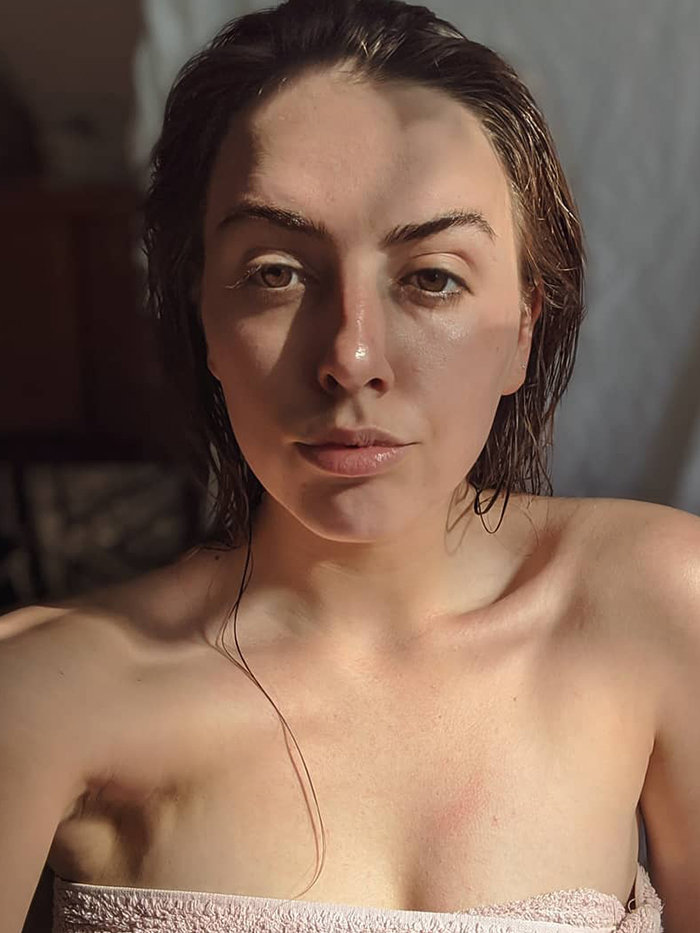
Before you run out to buy a new four-blade head for your Gillette, it’s worth knowing that dermaplaning isn’t carried out with your run of the mill razor. Leading London-based aesthetic doctor, Dr David Jack explains, "In a clinical environment, usually the skin would be cleansed using an antiseptic and then using an acid-based cleanser. After this, the skin is manually exfoliated using a scalpel blade.” While the technique requires a trained and steady hand to avoid any nicks, despite feeling a gentle scraping, dermaplaning is a totally pain-free procedure with no downtime.
What I carried out was by no means what Dr Jack advised. The only antiseptic I currently have in the house is Dettol, and while it’s proved itself useful in recent weeks, I didn’t think putting it on my face would be great. Instead, I used a gentle cleanser to get rid of any bacteria and dried my face gently with a clean towel. Then, holding the blade at a 45-degree angle and pulling my skin tight to create tension, I used light downward strokes to start removing the fuzz.
And I must admit, this wasn’t the smooth process it had been made out to be on the countless YouTube videos I had watched. My skin felt dry and tight as I scraped the blade over it and it seemed to catch a little. However, after a while, I got used to it. What I absolutely did not get used to was the sheer amount of hair that was coming off. As I looked at the sink below me it was almost impossible to fathom that amount of hair had once existed on my face. One thing worth noting too is that my skin was clear at the time. I had been warned by countless dermatologists that shaving over active breakouts could lead to disastrous infection.
The Results
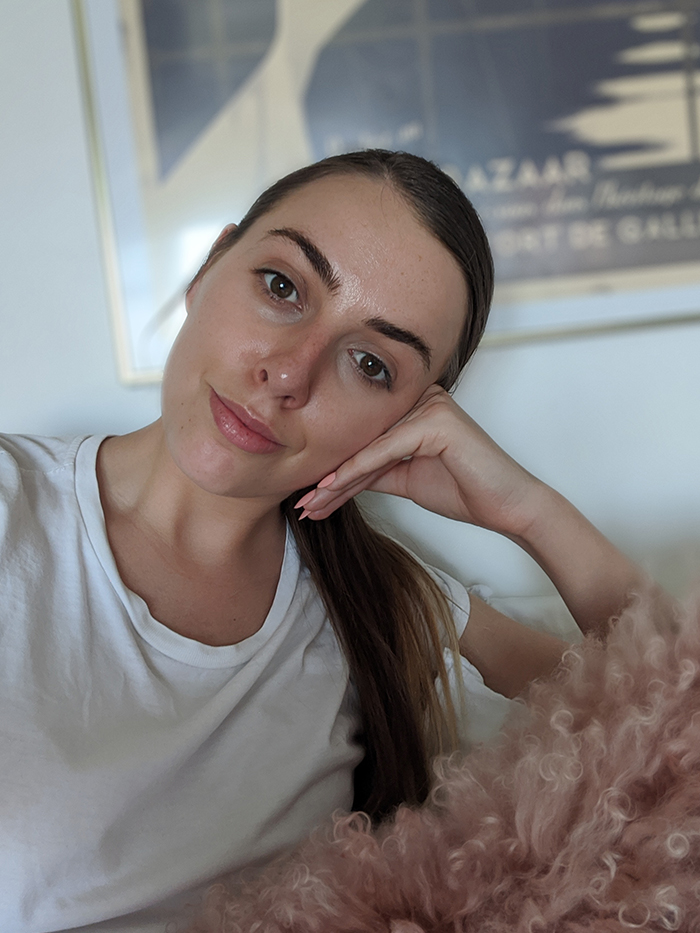
Immediately after shaving.
I must admit that immediately after I was finished, my skin felt really quite dry and the urge to slather on every serum and moisturiser I own was overwhelming. Having said that though, my face also felt impossibly smooth. It didn’t quite have the same feeling that I might have after a wax (although I’m sure if it’s done professionally with extremely sharp blades, the immediate results wouldn’t be too dissimilar), as there was a slight hint of an almost grain-like texture from the now blunt hairs. However, while I could definitely feel the presence of remaining hair, you certainly couldn’t see it.
In a bid to get some moisture back into my skin, I applied a restorative hydration serum followed by a barrier-strengthening ceramide lotion, and it was at this moment I really understood the skincare benefits that come with shaving your face. "There are many fantastic benefits to dermaplaning that include the removal of unwanted hair, however, results also allow from a smoother application of makeup and better absorption of skincare products,” says Senior Aesthetician at Young LDN, Sara Waterman.
And whoa, could I relate to that. My skincare products sank into my skin like nothing I had ever experienced before, leaving behind the most healthy-looking glow. And over the next few days and weeks, the glow remained. As with all forms of exfoliation, for a few days following I was sure to stay clear of any potentially irritating actives and was generous with my SPF application. Overall though, my face was glowing, radiant and, most importantly, fuzz-free. Plus, it was cheap, easy and quick to do, too.
The Verdict
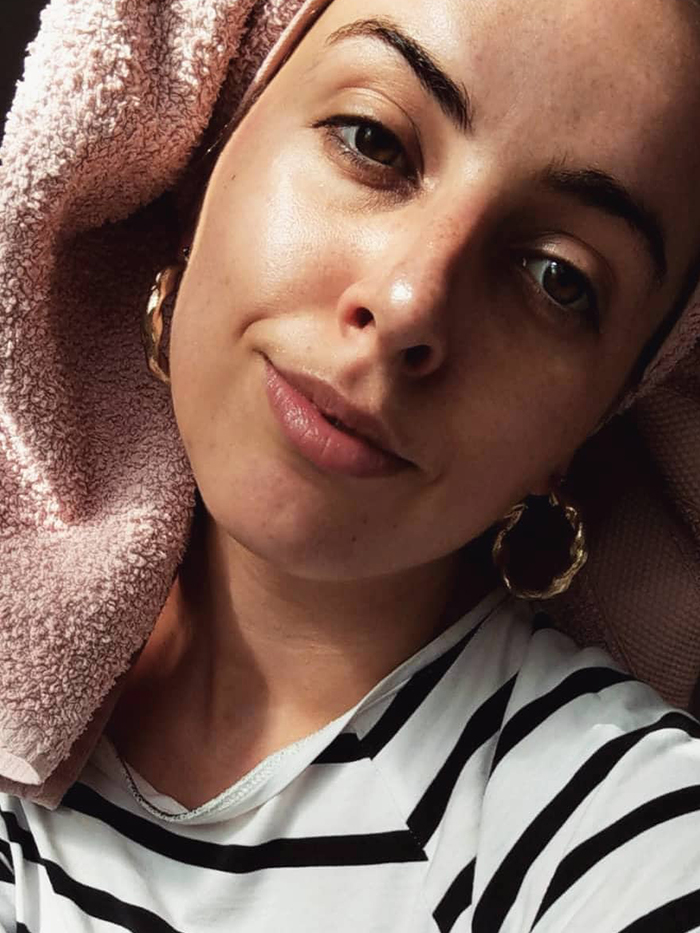
A few days after shaving.
For me, personally, everything about shaving my face at home was plain sailing. The "stubble” that I had feared so much was totally unnoticeable. Sure, I could feel a very faint difference, but regrowth really wasn’t visible to the naked eye. With that being said, however, if you have particularly dark or thick facial hair, blunting it through shaving is likely to result in unsightly regrowth.
I do want to point out one other very important downside: Following the success of my first facial shaving experiencing, I did it again a few weeks later to deal with regrowth. A few days afterwards, I started to notice some very small whiteheads appear. This made me recall something that I had discussed with Dr Jack previously. "People with sensitive skin or inflammatory disorders affecting the skin should be treated cautiously by experts,” he warned. And it’s true, I did experience some more severe irritation the second time around, making me wonder if actually my sensitive skin would have been better in expert hands. After a few days, though, the issues appeared to fully rectify themselves.
So in conclusion, is this something I can recommend to everybody? Absolutely not. If you are prone to acne, have extremely sensitive skin or have thick, prominent facial hair, I highly advise against it. However, will I continue to shave my own face at home? Yes. My skin looks clearer, smoother and more radiant. Plus, it’s going to save me a shed load of time and money in salon appointments.
Shop At-Home Dermaplaning Products
Blades
Cleansers
Serums
SPFs

Shannon Lawlor is the beauty director atBest Knockoff Luxury Clothing UK. With over a decade of experience working for some of the beauty industry’s most esteemed titles, including Marie Claire, Glamour UK, Stylist and Refinery29, Shannon’s aim is to make the conversation around beauty as open, relatable and honest as possible. As a self-confessed lazy girl, Shannon has an affinity for hard-working perfumes, fool-proof makeup products and does-it-all skincare.
